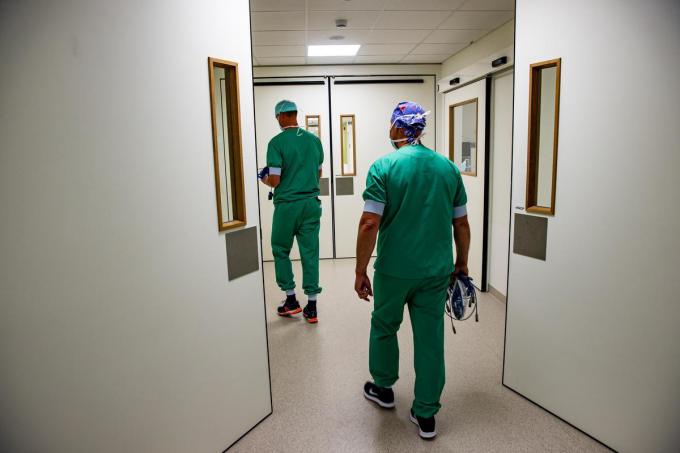Belgium should stick to the agreed-upon threshold of 75 new hospitalisations per day before relaxing measures, even though the healthcare system is under less stress now, health officials stated on Tuesday.
"If there are fewer accidents on the road, that is not a signal to raise the speed limit," said virologist and interfederal Covid-19 spokesperson Steven Van Gucht during a press conference, adding that the 75 hospitalisations threshold was chosen "very carefully."
"Based on epidemiological models, 75 was considered a relatively safe threshold for hospital admissions before we can think about real relaxations," he added, stressing that those should then be taken "cautiously and step by step."
If the hospitalisations then start rising to over 75 per day again, it would be a signal to "tighten the measures, or at least maintain the ones in force."
Related News
- Why Belgium relaxed measures even though figures didn't improve
- Belgium's latest coronavirus measures explained
- Belgium's average daily coronavirus infections decrease
However, last Friday, Belgium's Consultative Committee decided that hairdressers would be allowed to reopen from Saturday 13 February, despite daily coronavirus infection figures being nearly 400 higher than they were at the previous meeting.
According to Van Gucht, the threshold was set at 75 hospitalisations (and 800 infections) per day, as it still leaves a certain margin to react and turn the tide, before the system is overloaded again.
"The principle here is very simple: if you react early and forcefully enough, you will have a much greater impact, and you will not have to maintain that effort for as long than if you wait longer," he said.
By waiting too long, "you could lose control and get into the exponential phase of the epidemic, which leaves you with no choice but to step on the brakes and go for very drastic measures," he said, referring to a possible lockdown.
"That is something we definitely want to avoid, which is why it is important not to set the threshold too high," Van Gucht explained.
However, it is true that the stress on the healthcare system is easing, according to him.
"The number of patients in intensive care is still falling slightly, even though hospital admissions have remained fairly stable in recent days or weeks," Van Gucht said, adding that this is likely due to a combination of a long-term and a short-term trend.
"Many patients have been in the ICU for several weeks, which is a legacy of the massive second peak," he said. "One at a time, most of them now being discharged, which means that the number of full ICU beds is gradually decreasing, even if the more recent hospital admissions remain fairly stable."
At the moment, the percentage of people who end up in intensive care is still quite high, up to 15% to 20% of admissions, Sciensano's figures show.
"When you look at the deaths, they are partly unrelated to the admissions, because we know that a lot of deaths take place outside the hospital, especially in the residential care centres," Van Gucht said. "However, things have been going better there for a while now, partly because there are fewer major outbreaks and partly, perhaps, because of vaccination."
Maïthé Chini
The Brussels Times

